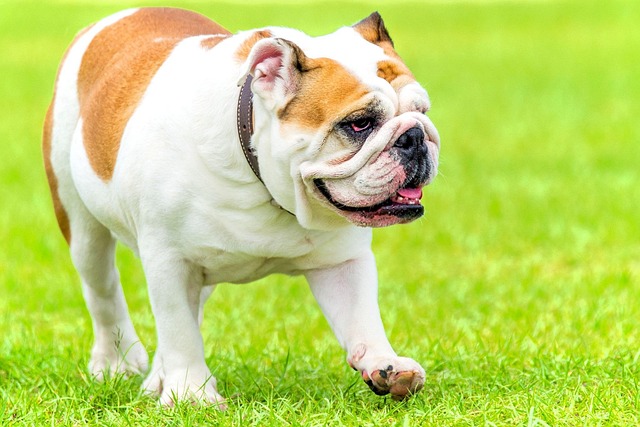
How can I tell if my dog's heatstroke is serious
Let’s be real: It’s a sticky August morning in Los Angeles, and you took your 2-year-old Golden Retriever, Max, for a walk a little later than usual
Dog’s kennel is more than just a box—it’s their safe zone, a place where they retreat to nap, chew a toy, or escape the chaos of a busy home. But when that space triggers growls, bared teeth, or even snaps when someone gets too close, it’s a sign something’s off. Understanding why this happens starts with recognizing that kennel guarding, while unsettling, often stems from basic canine instincts.
Territoriality runs deep in dogs, a holdover from their wild ancestors who needed to protect their dens from intruders. In modern homes, this instinct can kick in when a kennel becomes a “den” where they stash valued items—like a favorite blanket or half-eaten treat. In cities like London, where many dogs live in compact flats, a kennel might be the only spot they feel truly in control. When kids rush by or a roommate reaches in to grab a toy, that sudden intrusion can feel like a threat.
 Fear plays a bigger role than many realize. A dog that’s been startled while resting in their kennel—maybe a vacuum cleaner roaring too close or a playful toddler poking fingers through the bars—might start associating their safe space with danger. Over time, they learn to guard it preemptively, reacting before the threat even arrives. This is why trainers across Europe emphasize never disturbing a dog in their kennel without warning; it’s not just about manners, but building trust.
Fear plays a bigger role than many realize. A dog that’s been startled while resting in their kennel—maybe a vacuum cleaner roaring too close or a playful toddler poking fingers through the bars—might start associating their safe space with danger. Over time, they learn to guard it preemptively, reacting before the threat even arrives. This is why trainers across Europe emphasize never disturbing a dog in their kennel without warning; it’s not just about manners, but building trust.
Past experiences shape behavior too. Rescue dogs, especially those with unknown histories, often guard their kennels because they’ve learned resources are scarce. A pup that once had to fight for food or shelter might see their kennel as the one place no one can take away. In parts of the US, animal welfare laws require shelters to provide “safe spaces” for dogs, recognizing that unchallenged guarding can escalate if left unaddressed in confined environments.
Lack of proper introduction to the kennel is another culprit. Shoving a dog into a crate as punishment—maybe after chewing a shoe—teaches them to see it as a prison, not a refuge. Instead, positive reinforcement, like tossing treats inside or feeding meals there, helps build positive associations. In Germany, where many rental agreements mandate crate training for dogs left alone, trainers stress this step to prevent guarding from developing in the first place.
Addressing kennel guarding takes patience, not punishment. Start by respecting their space—knock gently before approaching, and never reach in without permission. Gradually desensitize them by standing nearby while they’re in the kennel, offering treats to build trust. Remember, in most European countries, aggressive behavior can lead to legal consequences if it harms someone, making early intervention key. A kennel should be a happy place, and with the right approach, it can be again.

Let’s be real: It’s a sticky August morning in Los Angeles, and you took your 2-year-old Golden Retriever, Max, for a walk a little later than usual

You're enjoying a summer afternoon at the park when you notice your dog has stopped panting and appears disoriented - their gums are bright red

Let’s paint the picture: You’re in your Denver apartment, watching your 4-year-old Boston Terrier, Ruby, plop down mid-play session with her favorite toy

Many dog owners notice their pets nails seem shorter after regular walks,but how much does this daily activity actually help?The answer depends on where you walk—concrete sidewalks or asphalt streets gently file nails as a dog's paws hit the ground

Most dog owners notice their pup scooting across the carpet at some point, but few connect it to impacted anal glands. These small sacs near a dog’s rectum secrete a scent for marking territory

Most vets agree that regular dog teeth cleaning is key to avoiding painful dental issues later. For healthy adult dogs, a professional cleaning at the vet’s office every 12 to 18 months usually works well.